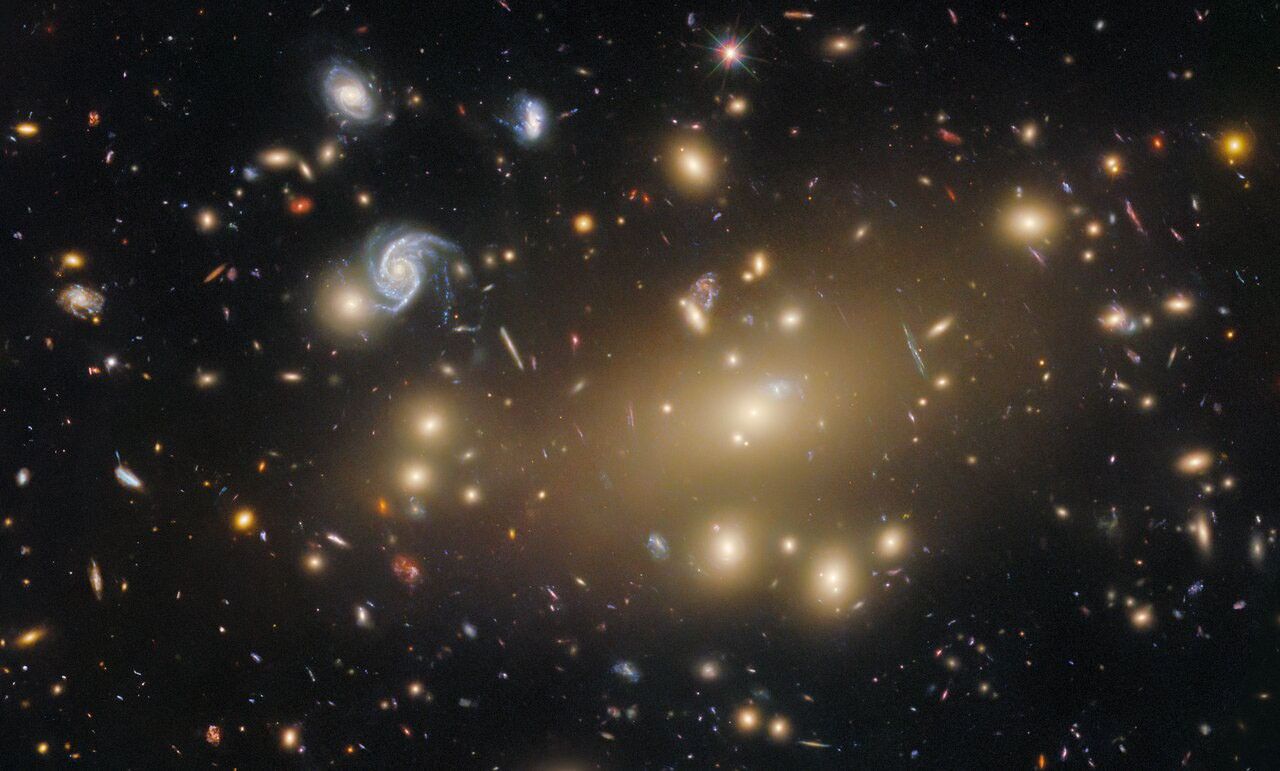The Wide Field and Planetary Camera 2 is delivered to JPL on May 11, 2010. The camera, on loan from the Smithsonian Air and Space Museum in Washington, was retrieved from NASA's Hubble Space Telescope in 2009 by space-walking astronauts. During its 15 years on Hubble, the camera took many colorful, iconic and scientifically rich space images. Image credit: NASA/JPL
The historic Wide Field and Planetary Camera 2, developed and built by the Jet Propulsion Laboratory for NASA's Hubble Space Telescope, has arrived at JPL in advance of this weekend's annual Open House. Known informally as "The Camera That Saved Hubble," the baby-grand-piano-sized camera is on temporary loan from the Smithsonian Air and Space Museum in Washington.
"It was 17 years ago this month that this camera left JPL on its way to Earth orbit," said John Trauger of JPL, NASA's principal investigator for the camera. "It looks almost brand new – which is remarkable when you think it spent over 15 years orbiting 353 miles straight up."
The Wide Field and Planetary Camera 2 was the workhorse camera on Hubble after being added to the observatory in December 1993 to correct an imaging problem created by the telescope's faulty primary mirror. During its tenure aboard Hubble, the camera produced most of the stunning deep space images ever released. Its high image resolution and quality are some of the reasons the camera became the space telescope's most requested instrument during its operational lifetime. Logging 15 years aboard the observatory, the Wide Field and Planetary Camera 2 was the Hubble Space Telescope's longest serving instrument.
Space-walking astronauts retrieved the camera during the final Hubble servicing mission in May 2009.More information about the Wide Field and Planetary Camera 2 is at
. An
contains some of the camera's historic photos.
DC Agle (818) 393-9011
Jet Propulsion Laboratory, Pasadena, Calif.




































